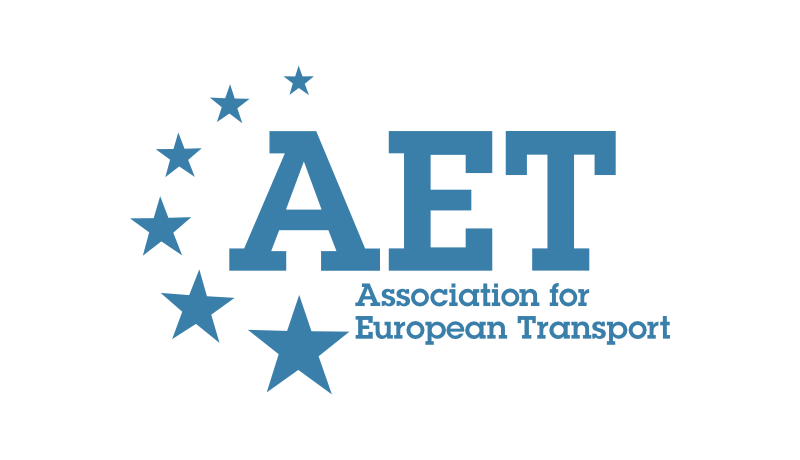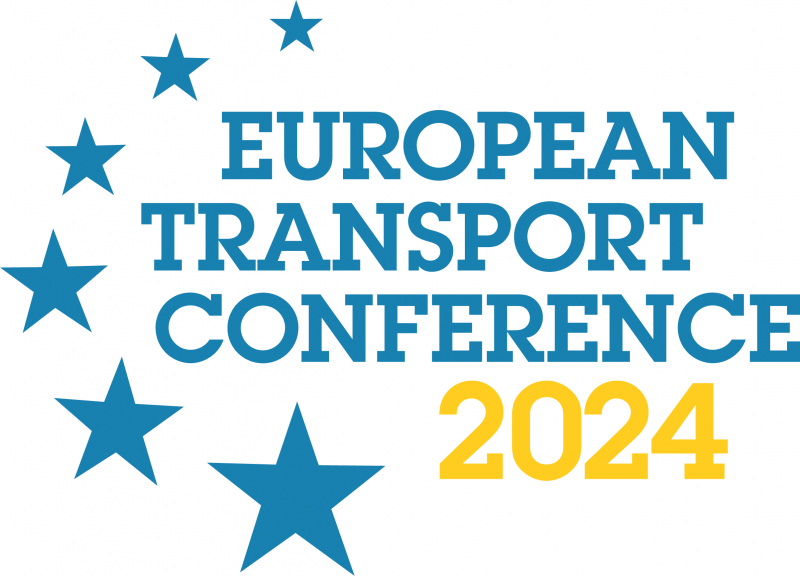-
Past ETC Papers
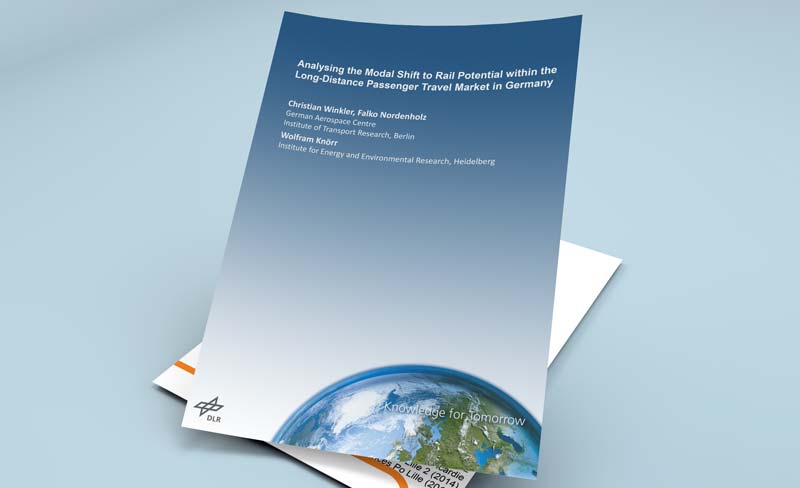
Browse, search and view papers from the past AET Conferences.
-
Members' Area

AET promotes networking and exchange of ideas, information and opportunities amongst members.
Conference Papers 2016
Barcelona, Spain
ETC Conference Papers 2016
Spatial network analysis as a low cost land use-transport model of city wide cyclist flows
Seminar
Day 3 (7 Oct 2016), Session 8, Cycling, 11:30 - 13:00
Status
Accepted, documents submitted
Submitted by / Abstract owner
Crispin Cooper
Authors
Crispin Hugh Vincent Cooper, Cardiff University
Short abstract
Cyclist mode choice and flow models: large scale, link level, low cost, high resolution, using accessibility to infer land use from network shape, simulating heterogeneous user types. Based on spatial network analysis, calibrated from count data.
Abstract
Although cycling has clear benefits for economic, social and environmental sustainability, the majority of transportation modelling efforts remain geared towards motorized transport. This paper presents models of pedal cycle transport, a problem which in contrast to motor vehicle transport, requires high resolution within large scale models, in order to capture small-scale features that affect cyclist behaviour. A model that incorporates the changes in land use caused by changes in accessibility is also preferable due to residential self-selection, i.e. cyclists choosing to live in areas that are suitable for cycling.
The author’s previous research used the spatial network analysis concept of betweenness, paired with a hybrid distance metric, to model city-wide cycling flows at individual link level. This approach has already been effective in capturing small-scale features within large-scale models, using big data approaches to extract land use information from network shape alone. In some ways it is analogous to a direct demand model. Starting with existing infrastructure layouts, the model deduced built environment density, which was in turn used to infer trip generation and mode choice; it also modelled vehicle traffic, which along with slope and directness was used to determine cyclist route choice. The models were calibrated using counts of cyclists on network links; in two separate studies the first generation models accounted for 60-65% of the variability in measured flows; with 86-98% of individual link flows having GEH less than 10 (in evaluating this figure it should be born in mind that the automated cyclist counts used for comparison are not as reliable as motor vehicle counts). The models were then applied to predict future flows on proposed infrastructure enhancements, accessibility, effect of vehicle traffic and safety. Models derived from these are now in active use in the private and third sector as well as large-scale public health research.
This paper presents improvements to the cyclist model based on a more nuanced approach to land use-transport interaction and mode choice. Entropy maximization or Bayesian machine learning are used to combine models based on heterogeneous user subgroups; thus providing the expressiveness of an agent model albeit with easier calibration and standardized behaviour based on well-known network analysis measures. The models can either leverage existing origin-destination data or infer it based on land use; in the latter case the inference of trip generation and mode choice has been upgraded to use built environment accessibility as well as density and is better parameterized. The end result is a next-generation model with better cross-validated fit, suitable for both infrastructure planning and public health research. The cost of calibration remains low as before, making the models suitable for small-scale infrastructure projects as well as large-scale studies.
Documents:
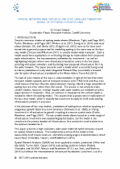
Association For
European Transport
Forester House
Doctors Lane
Henley-in-Arden
Warwickshire, UK
B95 5AW
+44 (0) 15 64 793552
VAT number: 710 1866 64
Conference Supporters & Endorsers

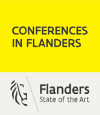


Legal Entity
The Association for European Transport is registered as an Association ('vereniging') with the Chamber of Commerce for Haaglanden in The Netherlands under company number 27170096.
Built on Zenario

